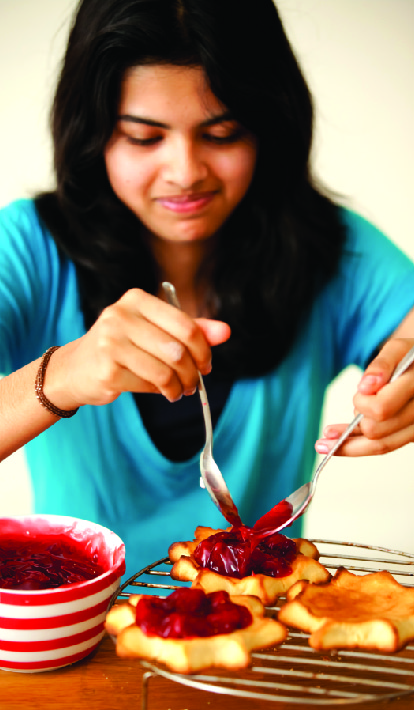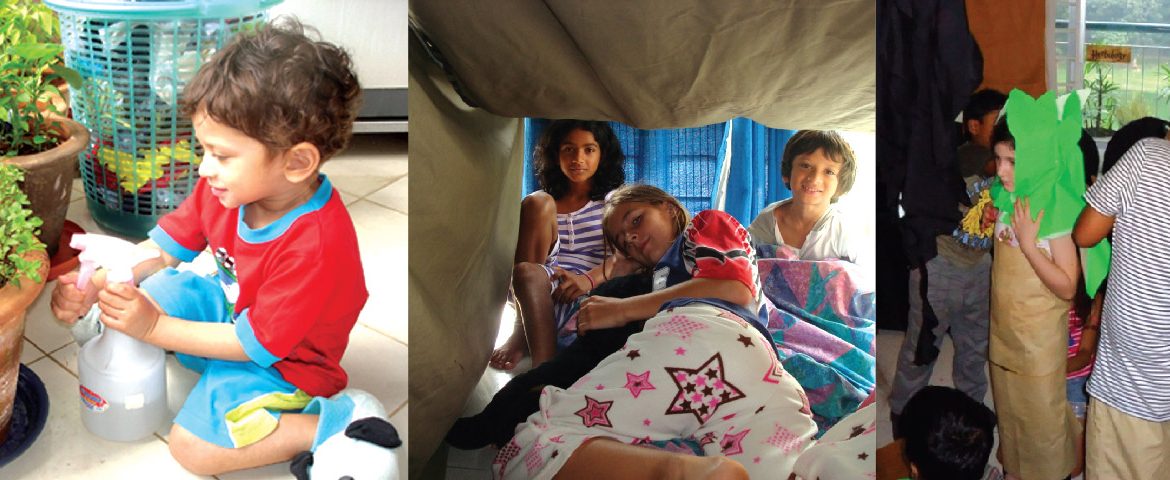Aidha Cader looks into matters that both children and parents face
Teenage Tantrums
Is living with your teenager an endless bout of arguments, door slamming, sulks and walk-outs? Here are some tips to ease the transition.The most common causes of conflict with teenagers are often petty – messiness, poor time management, listening to loud music and or constantly being on social media. Fights between parents and their teenagers are sparked not so much by what they do, but by the attitude they display. Often it is the steady refusal by the teenager to accept the problem, or to do anything about it. However, remember they are still kids. Your teenager may be towering over you, but that doesn’t mean they’re ready to be treated like grown-ups. You need to accept that children are at this in-between stage and their hormones are also in some measure responsible for this. It is also time that parents sever the umbilical cord they are still holding to. However, the child will still need lots of love, empathy and looking after. Sit down and work it out. It may come as a shock to many parents, but deep down most teens don’t want a row. Come up with solutions together to issues that are bothering the both of you. Don’t lecture but rather explain that you can imagine how it feels to be nagged all the time and ask for their suggestions to overcome the problem. Keep the conversation positive. Offer a reward, like cooking their favourite meal alongside dishing out penalties if they don’t follow through, like taking money off their allowance may keep things balanced. Stick with it – but be warned. Your teen will probably test to see if you really mean business. Pick your battles wisely. Discuss rules and certain conditions that are a no go. Keep your side of the bargain if they keep theirs. Even though it feels like they are the ones being rude, watch your own tone. Ask yourself if you’re using a nagging voice every time with your child. If you have something difficult to say, prepare in advance and listen to your child’s feelings first. Parents who get little more than a grunt for an answer can feel shut out. Adolescents often don’t talk to their parents because they fear being judged, belittled or told off. Spending more time with people of their own age is part of the separation process.Keep talking, tell them you are always there to talk and stay calm. If they share a problem with you, disregard the need to solve it. Often they just want to be listened. Acknowledge what they are doing right instead of pointing out what’s wrong. Praise is still the most powerful tool parents have for improving their teenagers’ behaviour, even if they do pretend not to care. However, don’t fall into the habit of showering them with compliments. Don’t over-punish either. Remember, the point of a punishment is to get them to think and not repeat previous mistakes. Not to get even.
School after the Summer Break
The seemingly impossible battle to get children back into the school routine after the summer break is over comes around every year. Their sleep schedules are off and the lack of enthusiasm can be crushing. Talk about the importance of education. Emphasize on how hard work at school helps children succeed. Set aside some time each week to spend having fun together as a family. Be enthusiastic about school. Children aged ten to fifteen may strongly resist going back to school. Many kids at this age love spending time with friends and would prefer hanging out with them outside school. Children aged sixteen to eig hteen are more independent and more resistant to school. Continue to emphasize how important a high school education is. Help your older teenager apply for a part-time job, apply to college, or prepare for college-required tests during the break.
hteen are more independent and more resistant to school. Continue to emphasize how important a high school education is. Help your older teenager apply for a part-time job, apply to college, or prepare for college-required tests during the break.
Activities for a Rainy Day

On rainy days it feels so much harder to entertain the children and stop them from getting bored and restless.
- Mini bakers – Let the kids in the kitchen to take part in some easy cooking or baking.
- Indoor obstacle courses – Have them hop along to the hall, snake under the table, throw beanbags into a bucket and pick up some dried pasta with their teeth and transfer from one bowl to another. Use your imagination and the children’s too to come up with more activities to add to the course.
- Play dough fun – Use pastry cutters, cutlery and rolling pins to make marks in the play dough and explore making models and patterns.
- Make musical instruments – Tissue boxes and elastic bands make great makeshift guitars, paper plates with bottle tops make tambourines and dried rice or pasta in bottles or tins make good shakers.
- Frugal fashion – Gather newspaper, masking tape and scissors, and challenge the children to make newspaper outfits.
- Gardening – Teach kids gardening skills. Paint pots by using old emulsion paints or acrylics, or simply make a white base and then add on bright colours.
- Make a scrapbook – Paper, pens, scissors, glue, old magazines and photographs are all you’re going to need.
- Build a tent – Throw a few sheets over furniture and have them camp in with their friends.

